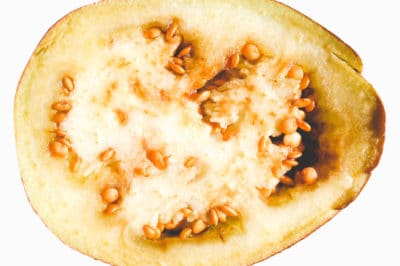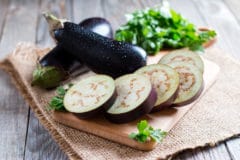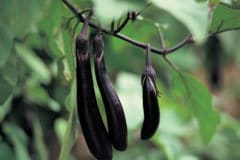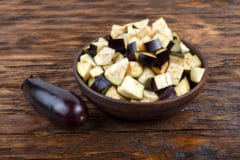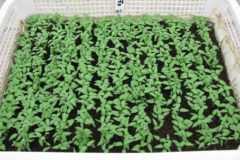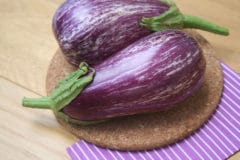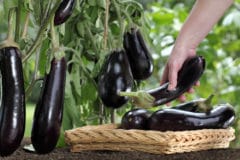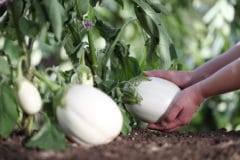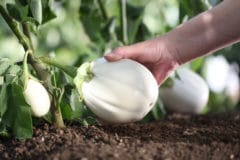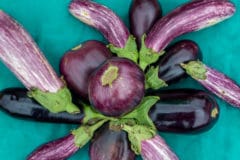What to Know about Saving Eggplant Seeds
If you plan to save eggplant (Solanum melongena) seeds at the end of the growing season, only plant a pure variety of eggplant in the spring. Avoid hybrids because the seeds won’t produce the same plant as the parent plant. Growing pure line eggplants prevents the deterioration of the seeds by cross-pollination of different parent plants, which results in deterioration of the seeds.
Planting Seed Producing Eggplants
When planting your eggplants, tag a row or two as seed-saving plants. These are the eggplant’s you’ll grow until they’re mature, rather than picking them for eating. Remember, only plant one pure line of eggplants in your garden, since you want to save eggplant seeds.
When Are Eggplant Seeds Ready for Harvesting?
When your seed-saving eggplants grow to full size, and start showing signs of browning and wrinkling, they’re ready for harvesting. If the eggplants are mature, but don’t feel soft enough, store them in a shed for a week before harvesting the seeds.
How to Harvest Eggplant Seeds
Once you pick the mature eggplants, follow these tips for saving the eggplant seeds:
- Split open the eggplants
- Scoop out the seeds
- Wash the seeds to remove any pulp
- Spread the seeds in the sun for quick drying
If you don’t dry out your seeds the same day as you remove them from the eggplant, they’ll start germinating overnight.
The Best Storage for Eggplant Seeds
Keep your seeds in a cool, dry place to keep them alive. The ideal temperature for seed storage is 59°F (15°C). Screw-top jars work well for storage because they keep out the humidity. Exposure to sunlight shortens the viability of the seeds, so store them in the dark. If you use clear containers, put them in paper bags or newspaper to protect the seeds from any light. You can store your seeds for up to five years.
